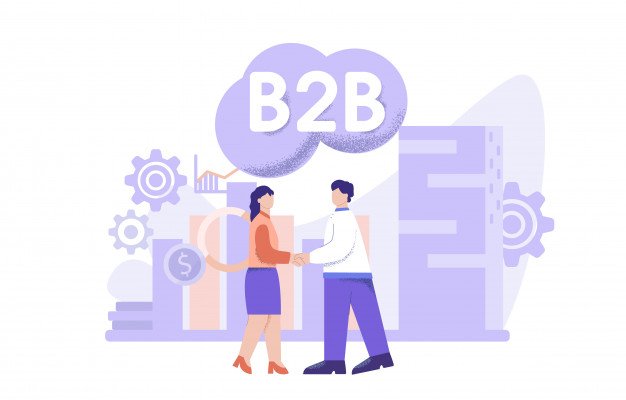If you have a live performance coming up, you probably have tons of tasks on your to-do list. Even if you have managers or vendors lining things up, you need to be there throughout the process. One aspect you should definitely focus on is marketing. That will really help you get as many attendees as you want. While promotion takes place across multiple mediums, the internet is where you’ll really get the results.
Online marketing has numerous elements, so you have a lot of opportunities to promote your upcoming performance. However, before you start the promotion process, make sure you have a decent website, a functioning ticketing system, and your social media pages up and running. Then, you can start off with the following online marketing ideas.
Create Live Music Posters For Social Media
Adding a multimedia element to your online promotion strategy is quite useful. So, you should make a live music poster, with audio, visuals, and text regarding your next performance. You can do this on PosterMyWall by choosing one of the many templates there, and then customizing it accordingly.
If you have a musical act, add snippets from it to this poster. In addition, make sure you keep a similar aesthetic and color scheme running throughout your online marketing collateral. When you have this poster, share it on your website, and across all your social media platforms to announce your performance.
Share A Schedule & Teasers
Periodically release information about your performance on your online platforms. You can start with a teaser announcement, then announce the date/time/venue, and then you can create a schedule and post that.
This will help you generate hype in your audience, and pique their interest. However, do share the important details before anything, otherwise, they will get frustrated at the lack of information.
Utilize Video Marketing
Videos are the top-trending medium for online marketing these days. Short-form video platforms like TikTok have changed the game with video marketing, so you need to get your information across in a short time, and in a visually appealing manner.
So, share live rehearsal snippets, behind-the-scenes videos, and communicate face-to-face with your audience with these short clips. Make sure these are filmed and edited well, and then share them on your social media pages, with a special focus on Reels and TikTok.
Build Up Hype Across Platforms
Often, companies tend to focus on only one or two online platforms. However, you need to make sure you cover all your bases. Whether it is social media, email, blogs, online forums, or your own website, have a cohesive promotion plan for all these online platforms.
Customize your posts according to the dimensions and specifications of these platforms, and then you can implement your campaigns. Of course, you’ll put a bit more effort and resources into platforms that have proven to be successful for you, but you should also not ignore all the other online promotion opportunities out there.
Work With Businesses For Cross-Promotion
If you have a sponsor, then you can ask them to share your online promotion materials on their platforms as well. Usually, they’ll want to be mentioned on your platforms in return, so fulfill your end of the deal with a few special sponsor announcement posts and logo placements as well.
You can also contact local businesses near your venue for services like food, transport, and others. Then, offer to promote these services on your platforms for your audiences to use. In return, these businesses can promote your event on their online platforms. You can even work out agreements with promo codes and discounts for patrons of both your performance and the businesses.
Utilize Influencer Marketing
These days, influencer marketing is a major tool for online promotion. Do your research into popular influencers in the area and contact them for shoutouts for your performance. Send out a few free tickets or comped services to the bigger names, so that they announce that they’ll be attending your performance to their followers.
You need to make sure you contact these influencers well in advance and figure out exactly what you want from them, and get it in writing. A proper agreement means that there will be no confusion or misunderstanding later.
Make Custom Band Email Newsletters
Email marketing is still one of the best online promotion tools you can work on. So, you should send out monthly updates in an email newsletter to your mailing list of fans and potential attendees. Use the band email templates on PosterMyWall to make these emails, and use the platform’s email marketing tool to keep track of everything in one place.
This will help you develop an email list for future performances as well. So, make these newsletters to keep people updated, and to hype up your performances.
To sum up, there are countless ways to promote your live performance online. Utilize a mixture of mediums and methods to optimize your results and get the audience of your dreams.
Read Also:






















